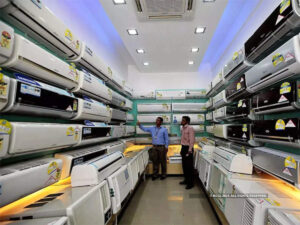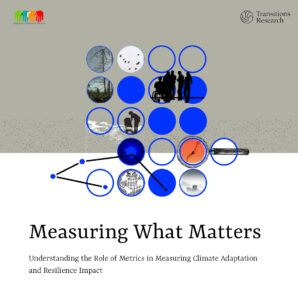Indian cities urgently need transportation solutions that are cost-effective, environmentally friendly and responsive to the needs of citizens. Cycling – especially in a small city like Panaji – could offer an alternative to motorised transportation. A 2019 study by The Energy and Resources Institute (TERI) suggests that if bicycles were to substitute motorised vehicles for short-distance trips, it could benefit the Indian economy by nearly Rs. 2 trillion. Beyond economic gains, cycling also has much else to offer.
The environmental benefits of cycling are immense but remain untapped. Due to low levels of carbon emissions associated with cycling, it could help reduce the overall carbon footprint of our cities drastically, if adopted as a regular activity by more and more people. To put things in perspective, total carbon emissions resulting from the production, maintenance and use of bicycles is less than 15 times that of a single four-wheeler.
The Smart Cities Mission has recently launched the Cycles4Change challenge, with the objective of making Indian cities cycling-friendly. For this, a 10 km long pop-up cycling lane is being set up starting October 2nd, and on all Sundays in the month of October by Imagine Panaji Smart City Development Limited (Panaji Smart City), with technical support from the Project Urban Living Lab (PULL).
PULL has been conducting surveys in the city to gather qualitative and quantitative information regarding existing cycling conditions, physical infrastructure, traffic behaviour, and citizen perception towards cycling. A section of the pop-up cycling route was surveyed by a team comprising members from the PULL and Panaji Smart City along with citizen volunteers. On the basis of a handlebar survey, pain-points hindering the uptake of cycling have been identified and documented, and measures are being planned to mitigate these barriers.
One of the key observations that the handlebar survey points to is the fear of being hit by fast-moving vehicles due to the lack of dedicated or demarcated cycling lanes in Panaji. This is especially true for a stretch of the road immediately before the Dona Paula circle, which is at an incline and has a single lane for vehicles. Due to this, cyclists have to often navigate between a slow and strenuous ascent, while ensuring that they steer clear of passing vehicles. Additionally, the presence of several unmanned traffic junctions along Dayanand Bandodkar Marg and Dr Jack de Sequeira Road and traffic congestion in the city, are also perceived as barriers by cyclists. More importantly, the survey notes that the lack of bicycle parking infrastructure, such as racks where bicycles could be securely attached, is one of the reasons for low uptake of cycling on a larger scale by the citizens of Panaji.
A wider citizen survey is also currently underway to ascertain perceptions towards cycling in Panaji. Preliminary data suggests that Panaji already has a strong user-base when it comes to cycling. Based on the total number of responses so far, 36 per cent of respondents have indicated that they cycle on a daily basis, and another 30 per cent end up cycling at least a few days in a week. Critically, just 1 per cent of respondents have indicated that financial inability to purchase a cycle is a barrier for them, although 55 per cent of the respondents would prefer a Public Bicycles Sharing (PBS) system in the city as opposed to owning a cycle.
Spread over a compact area of 8 sq. kms, Panaji has the scope to adopt cycling as a mode of travel in the interest of moving towards a carbon-neutral trajectory of growth and development. Addressing some of the issues identified in the surveys could help the city move in that direction. Right now, citizens’ response to the cycling events being organised by the Panaji Smart City will be critical in gauging the actual level of interest for low-emissions mobility solutions for Panaji.
While some cities have seen a surge in cycling and the use of open public spaces since the Covid-19 pandemic began, urban commons in Indian cities have been underutilised and continue to be so – limiting personal and collective gains in the realms of health and the environment, that are possible as a result. This could be an opportunity to turn the tide.
The publication was first published by the authors under auspices of erstwhile Tandem Research.




